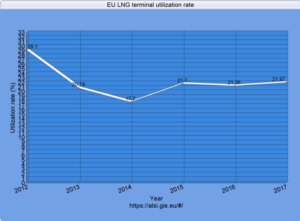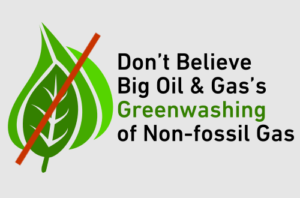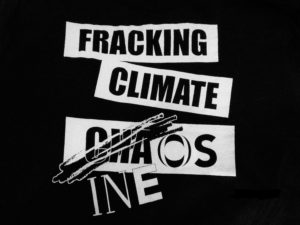See the 24 July 2019 updated blog
By Andy Gheorghiu and Frida Kieninger
This month, Food & Water Europe analyzed the utilization rate of EU LNG terminals based on data from Gas Infrastructure Europe. LNG terminals are facilities that enable the import of liquefied natural gas (LNG), gas that is cooled down so its volume is reduced by a ratio of 1:600 and can be shipped across the ocean via LNG tankers.
What is a utilization rate, and why does it matter?
The utilization rate is the percentage at which existing LNG infrastructure is actually being used. In other words, if a terminal has an annual import capacity of 10 billion cubic meters (bcm) of gas, but only imports 5 bcm, its utilization rate is at 50 percent.
The time period we looked at was from 2012 until early 2018 and it is striking at how little these costly facilities have been used during the past six years. It is important to take into account the low utilization rates since they show clearly that there is no need to invest in more LNG facilities. Nevertheless, there is a push for more LNG terminals in Europe and several of these costly facilities are being planned. If we don’t want to lock Europe into even more fossil fuels and move to a renewable energy system, we cannot waste money on LNG infrastructure but have to channel as much financial and political support as possible to renewables.





 By
By 
 The secretive chemical company Ineos has been leading the charge to bring the environmentally destructive method of drilling, known as fracking, to the United Kingdom (UK) and mainland Europe. The company’s goal is to produce cheap gas for its own plastics and petrochemical production. But the company is running into massive public opposition.
The secretive chemical company Ineos has been leading the charge to bring the environmentally destructive method of drilling, known as fracking, to the United Kingdom (UK) and mainland Europe. The company’s goal is to produce cheap gas for its own plastics and petrochemical production. But the company is running into massive public opposition. In
In